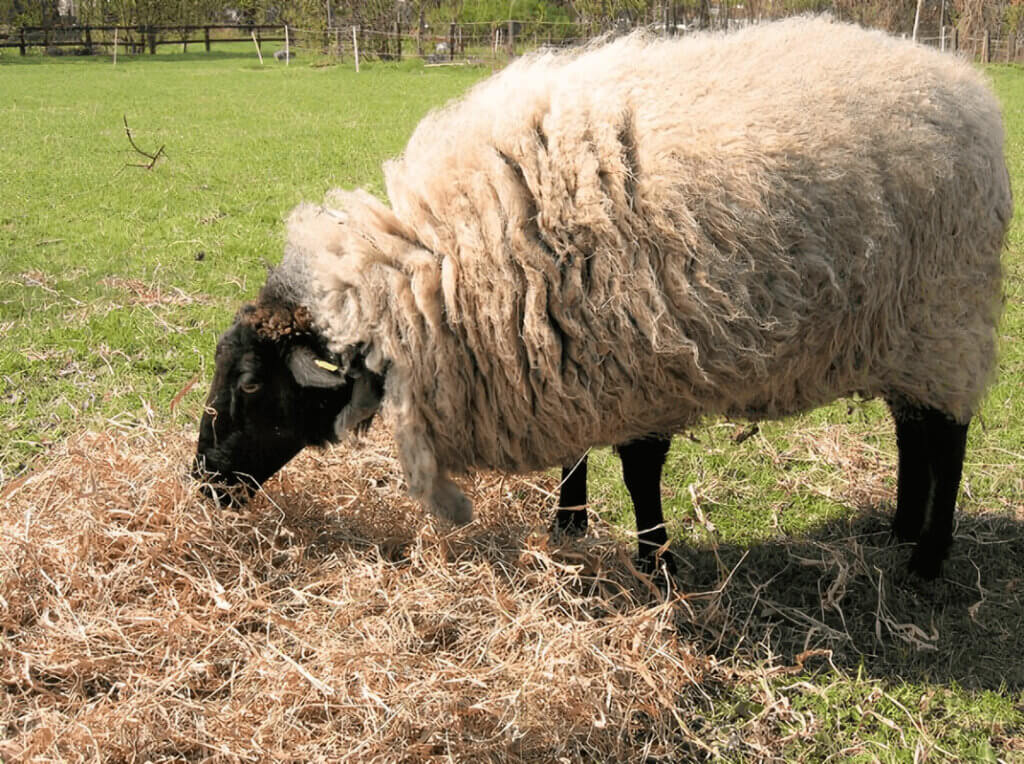
Introduction:
Wheat straw, a byproduct of wheat cultivation, has long been utilized for various purposes, from bedding to soil enrichment. As the global demand for feed and bedding materials for animals increases, the question arises: can animals safely consume imported wheat straw? In this blog post, we’ll delve into the potential benefits and challenges of incorporating imported wheat straw into the diets of various animals.
- The Traditional Uses of Wheat Straw:Historically, wheat straw has been primarily used for bedding in livestock housing and as a source of roughage for ruminant animals. Its widespread availability and affordability have made it a staple in agricultural practices worldwide.
- The Rise of Imported Wheat Straw:With globalization, the import and export of agricultural products, including wheat straw, have become more common. Countries with surplus wheat straw production export this versatile material to meet the demand in regions where local resources may be limited.
- Potential Benefits for Animal Nutrition:Wheat straw contains fiber, which is crucial for the digestive health of many animals. While not as nutritionally rich as some other feeds, it can contribute to the overall fiber intake of certain animals, aiding in digestion and preventing issues like colic in horses and bloat in ruminants.
- Cautions for Animal Diets:Despite its benefits, caution must be exercised when introducing imported wheat straw into animal diets. Differences in soil composition, agricultural practices, or potential contamination during the export process could affect the safety and quality of the imported straw.
- Ruminants and Wheat Straw Consumption:Ruminant animals, such as cattle and sheep, can derive nutritional value from wheat straw due to their unique digestive systems. However, care must be taken to ensure that the straw is free from contaminants and that its nutritional composition aligns with the dietary needs of the animals.
- Horses and Wheat Straw as Forage:For horses, the use of wheat straw as a primary forage source is not recommended. While it can be used as bedding, consuming large quantities may lead to digestive issues. Horses are more efficiently nourished with higher-quality forages.
- Quality Assurance and Regulations:Importing wheat straw for animal consumption requires stringent quality control measures. Adhering to international regulations and standards ensures that the straw is safe for animals and complies with health and safety guidelines.
- Local Alternatives and Sustainable Practices:In regions with abundant agricultural resources, exploring local alternatives for animal feed and bedding is a sustainable practice. Utilizing locally sourced materials reduces the carbon footprint associated with transportation and supports regional economies.
Conclusion:
While imported wheat straw can serve as a valuable resource for animal bedding and, to some extent, as a supplement in certain diets, careful consideration and quality assurance are paramount. Balancing the benefits and potential challenges ensures the well-being of animals while promoting sustainable and responsible practices in the global trade of agricultural materials.

